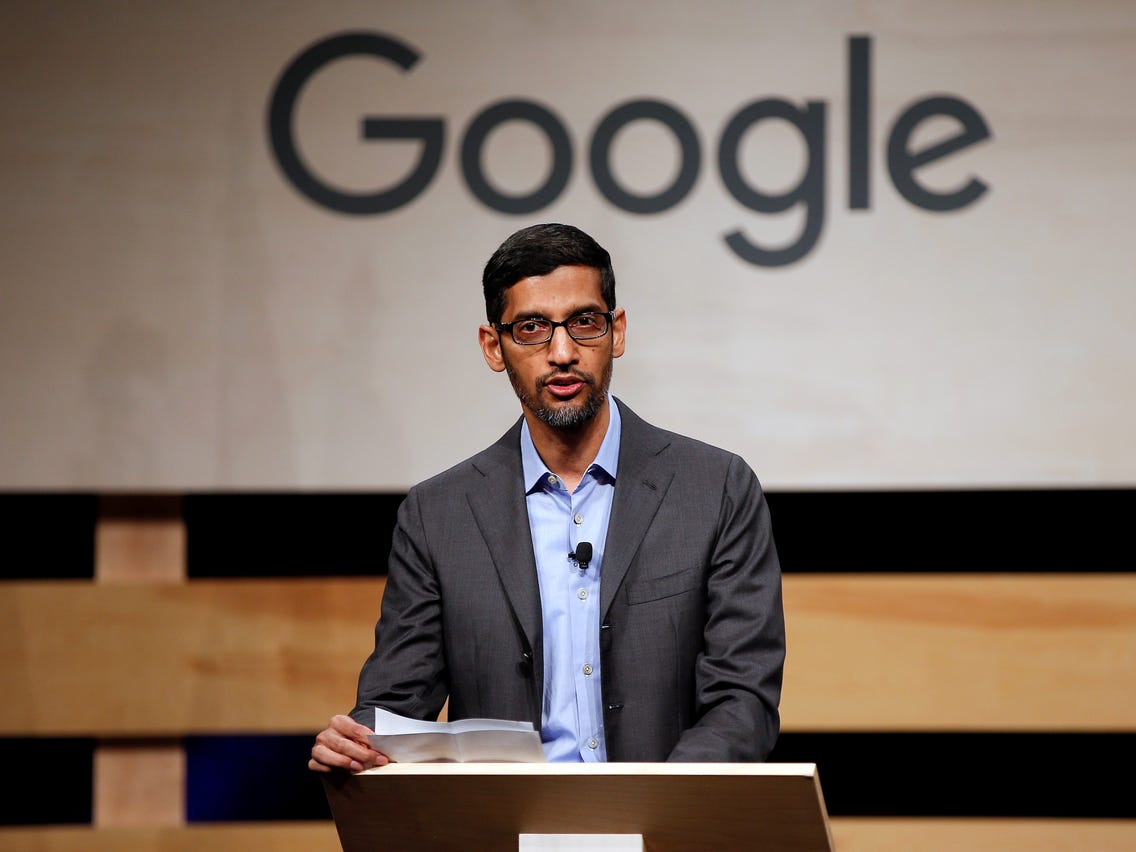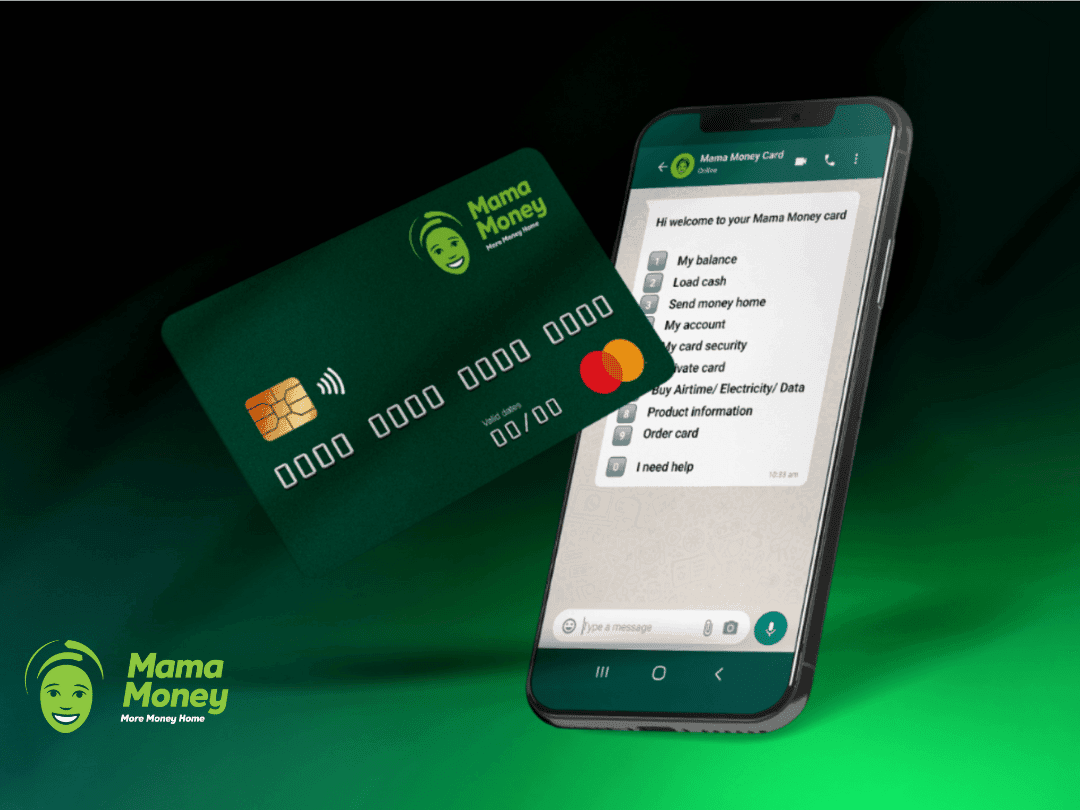Google Pay in India quickly rose in popularity to become almost synonymous with the Unified Payments Interface (UPI) — the very platform it’s based on. Last September, the company announced plans to expand beyond UPI payments to support tokenized cards, but nothing materialized even months after that initial teaser. It looks like Google Pay India is finally adding credit and debit cards as a supported payment option, though it isn’t live for everyone yet.
A couple of Google Pay support pages went up recently to help people get on board with the new card payment option. Right now, only Axis Bank credit/debit and SBI credit cards are supported. Setting up your card for the first time requires you to undergo a quick verification process that involves punching in an OTP received from your bank. Once registered, you can start using your phone to tap & pay at NFC-enabled terminals, scan Bharat QR codes, or make online payments where Google Pay is accepted.



Left & Center: The new option to add cards. Right: When it’s done.
Google notes that your sensitive card details will be tokenized to avoid sharing your actual information during transactions. These identifiers will be stored locally, which means you’ll have to set your cards up each time you reset your phone or get a new one — a small price to pay for maintaining your bank account’s privacy and security.
Some users started seeing the option to add cards close to a month back, while our tipster got it in the last day or two, indicating that it’s still work in progress. So far, only a subset of users is getting the feature, possibly as part of a server-side switch, so grabbing the latest APK wouldn’t guarantee any of these changes. It isn’t clear if Google is currently testing things out before going for a broader release, or it’s already in a slow rollout.
Google Pay has already had a tremendous run in India with the UPI platform. But if it wants to replicate that success in the cards space, it’ll have to tap into the nation’s debit card-heavy userbase and quickly get major banks on board — something Samsung Pay was able to do from day one.









